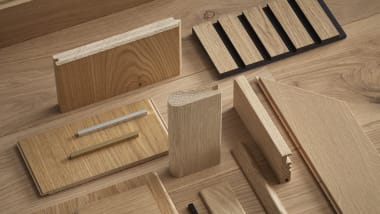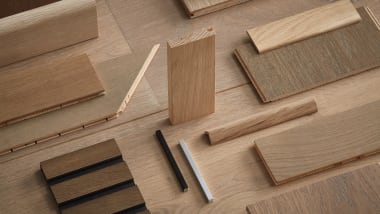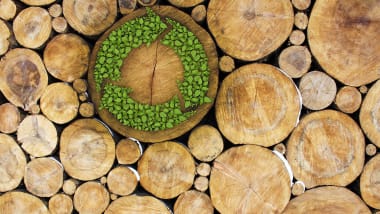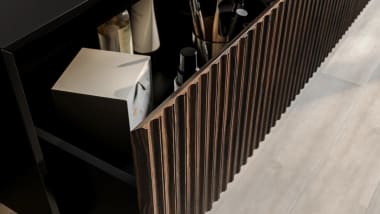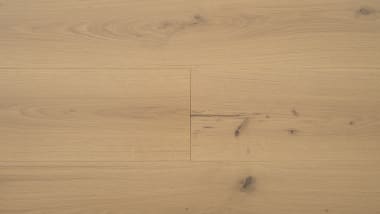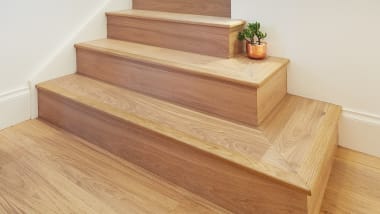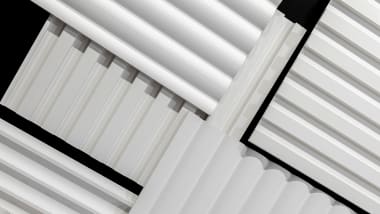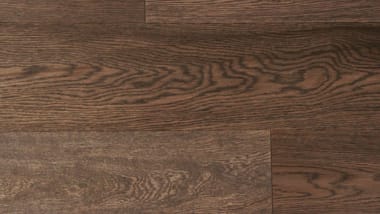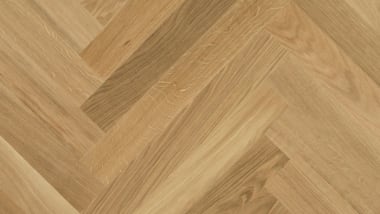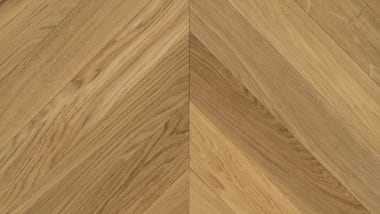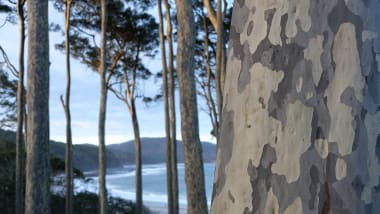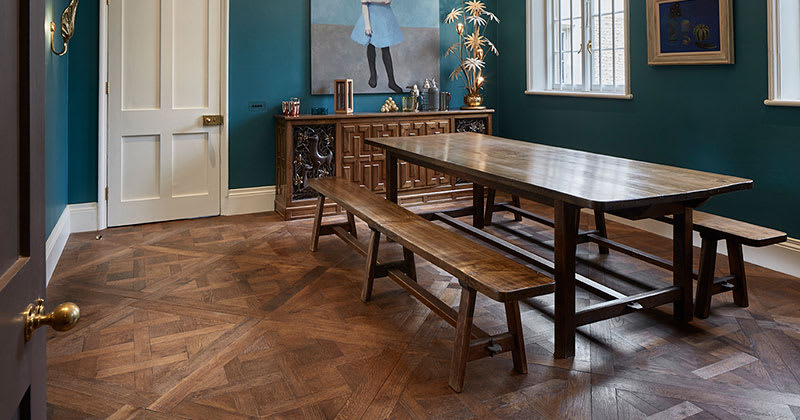Kickboards vs Skirting Boards vs Scotia: What’s the Difference?
26 May 2025
Confused by kickboards, skirting boards, and scotia? Learn the crucial differences that elevate luxury home interiors. Discover when to use each, from cabinetry bases to floor transitions, and understand their impact on design. Master these finishing touches for a polished, high-end finish to your interiors.
Where Walls Meet Floors: Choosing the Right Finishes for a Seamless Interior
When designing or renovating a luxury home, attention to detail is everything. Every element plays a crucial role in achieving a seamless, high-end finish, and the transition between floors and walls is no exception. Kickboards, skirting boards, and scotia are integral to defining the character of a space, yet they are often misunderstood or used interchangeably.
Understanding their differences, purposes, and aesthetic value can help architects, interior designers, and homeowners make informed choices that elevate their interiors. In this article, we break down each component, explain when and where to use them, and explore how they contribute to a refined, polished space.
Defining Each Term
1. Kickboards
What Are Kickboards in Flooring and Cabinetry?
Kickboards, also known as plinths, are the panels fitted at the base of cabinetry, typically in kitchens, bathrooms, and custom-built joinery. Their primary purpose is to conceal cabinet legs and create a visually clean transition from the cabinetry to the floor. In luxury homes, kickboards are often designed to blend seamlessly with cabinetry using high-quality materials such as timber veneer, stone, or metal finishes.
Havwoods PurePanel HW31018 Brienne timber veneers used for cabinetry and kickboards
Key Benefits of Kickboards:
- Provides a seamless base for cabinetry, preventing dust and debris from collecting underneath.
- Enhances the aesthetic appeal of kitchens and built-in furniture by ensuring a flush finish.
- Can be integrated with LED strip lighting for an ultra-modern, high-end look.
Havwoods HW31028 Vertou PurePanel timber veneer used for cabinetry and kickboards
2. Skirting Boards
What Are Skirting Boards and How Do They Impact Interior Design?
Skirting boards, also known as baseboards, run along the bottom of interior walls where they meet the floor. They serve both a functional and decorative purpose, protecting walls from scuffs, hiding expansion gaps in timber flooring, and adding a touch of architectural elegance.
In high-end interiors, skirting boards can be a design feature in their own right, with profiles ranging from sleek and minimal to ornately detailed. Materials such as solid timber, MDF, or even marble are chosen to complement the overall aesthetic of the space.
White Skirting boards used to cover the expansion gaps between the wall and flooring. Flooring is Havwoods HW1591 Antique Rustic timber flooring and matching HW1397 Antique timber planks for the stairs | Farrier Walk, UK
Key Benefits of Skirting Boards:
- Provides a protective barrier against knocks, dirt, and moisture.
- Frames a room beautifully, enhancing its architectural style.
- Available in various heights and profiles to suit contemporary or classic interiors.
Havwoods HW2042 Bandol herringbone timber flooring and white skirting | McGregor St Home
3. Scotia
What Is Scotia Moulding for Flooring?
Scotia is a small, concave moulding used to cover expansion gaps between flooring and walls or skirting boards. It is commonly used when floating timber or laminate flooring is installed without removing existing skirting boards. Scotia is a more discreet alternative to replacing skirting, making it a practical choice for renovations.
While it is often seen as a purely functional addition, high-end interiors require thoughtful selection of scotia to ensure consistency with flooring tones and overall design themes.
Havwoods Italian Collection Pallido timber panelling partnered with timber scotia featured in the Derby County Football Club, UK
Key Benefits of Scotia:
- Covers expansion gaps for a polished finish in floating or glue-down floors.
- Can be colour-matched or contrasted for design flexibility.
- Ideal for retrofitting where replacing skirting is not feasible.
- Can be used with or without skirting boards.
Alternative Names for Kickboards, Skirting Boards, and Scotia
For architects, interior designers, builders and even home owners, particularly when working across different regions or on international projects, it is useful to be familiar with the various terms that can sometimes be used to describe these finishing elements. Terminology can vary depending on country, industry, or even specific applications:
- Scotia: Often referred to as edging, beading, or trims.
- Kickboards: Commonly known as plinths, toe kicks, or baseboards in cabinetry.
- Skirting Boards: Can also be called baseboards, or mopboards in some regions.
Understanding these alternative names can help ensure clear communication across teams, suppliers, and clients, especially when working on global or multi-disciplinary projects.
Key Differences Between Kickboards, Skirting Boards, and Scotia
Kickboards vs. Skirting Boards – What’s the Difference?
While both kickboards and skirting boards serve as transition elements between vertical and horizontal surfaces, they have distinct functions. Kickboards are used exclusively under cabinetry, whereas skirting boards frame the entire perimeter of a room. Skirting boards are typically more decorative, whereas kickboards are streamlined for cabinetry integration.
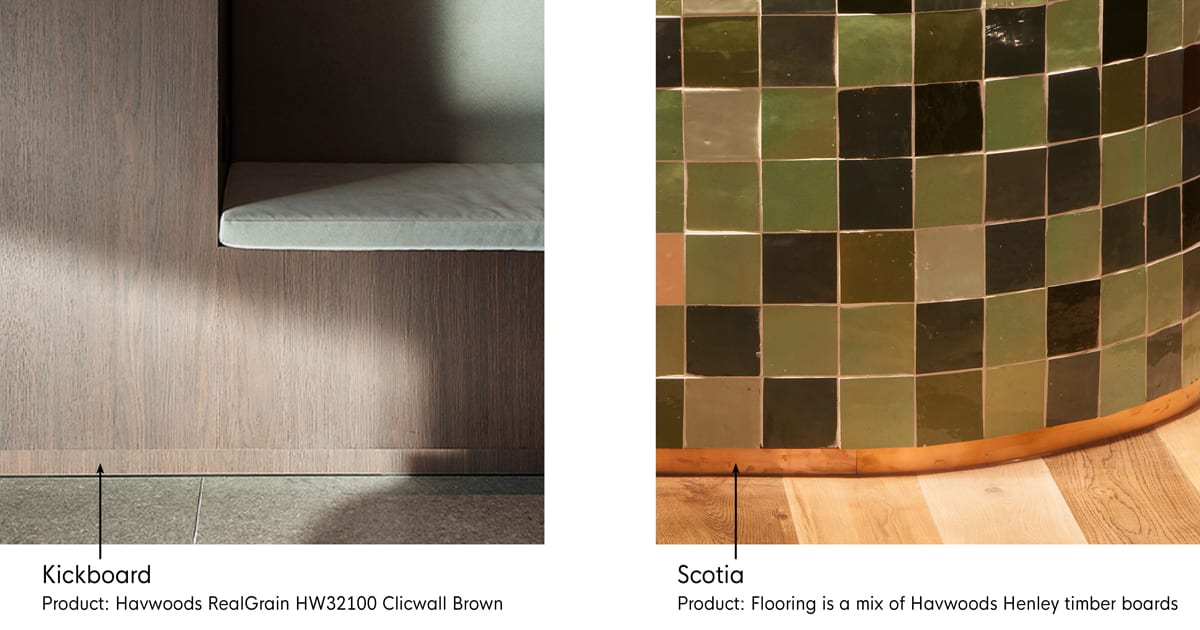
Scotia vs. Skirting Boards – Are They Interchangeable?
Scotia and skirting boards both cover floor expansion gaps, but they are not interchangeable. Scotia is a smaller moulding applied over an existing skirting board or wall to hide gaps, whereas skirting boards are a more prominent design feature that establishes the room’s character. If a renovation retains existing skirting, scotia can be an effective solution; however, new luxury builds often opt for full skirting replacements.
Click here to watch a video that shows skirting and scotia being used together.
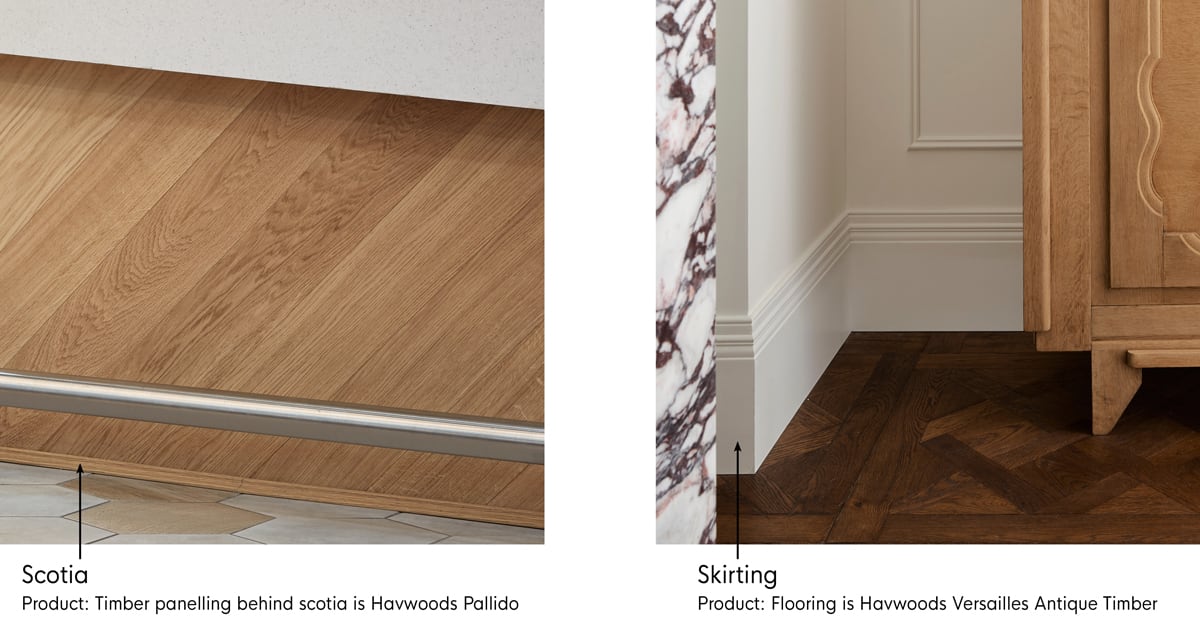
When Should You Use Scotia Instead of Skirting Boards?
- When retrofitting new flooring without removing existing skirting.
- In spaces where a more subtle finishing detail is required.
- When budget or time constraints prevent full skirting replacement.
Choosing the Right Timber Finishes for Kickboards, Skirting Boards, and Scotia
When it comes to creating a seamless and polished interior, selecting the right timber finishes for kickboards, skirting boards, and scotia make all the difference. These finishing touches may be subtle, but they play a crucial role in tying your space together, complementing your flooring and enhancing the overall design.
Best Timber Options for Kickboards
- Timber Veneer Kickboards: Timber veneers offer the perfect solution for luxury kitchens, bathrooms, and custom joinery. They deliver beautifully crafted cabinetry and a timber aesthetic that blends seamlessly with timber floors, creating a unified, sophisticated look from floor to cabinetry.
- Engineered Timber Kickboards: For projects where budget allows, engineered timber kickboards unmatched natural variation and depth of character, complementing hardwood floors beautifully.
Consider for: Contemporary kitchens, bespoke joinery, luxury bathroom vanities (confirm with the supplier if your selected product is suitable for wet areas like bathrooms before purchasing).
Design Tip: Match your timber kickboards to cabinetry or flooring for a seamless, modern look. Integrate lighting features for ultra-premium spaces.
Laminate or painted MDF: While laminate or painted MDF kickboards exist, timber veneer and engineered timber options provide the authentic warmth, elegance, and resilience demanded by high-end interiors.
At Havwoods, while we do not offer scotia or skirting, we do offer a range of timber solutions that are ideal for kickboards and cabinetry. Designed to match or contrast with your selected timber floorboards, depending on your aesthetic goals. Whether you're aiming for a cohesive, tonal look or prefer a bold, defined edge, our expert team can help guide you to the perfect finish for every detail.
Kickboards Installation Tips
- Tips: Ensure tight, flush fitting against cabinetry bases. Timber veneer kickboards must align precisely with flooring for a clean visual line.
- Challenges: Irregular flooring levels may require scribing for perfect alignment.
Best Timber Options for Skirting Boards
- Solid Timber Skirting Boards: A hallmark of true craftsmanship, solid timber skirting boards offer timeless appeal. Whether in a minimalist profile or intricate period detailing, timber skirting enhances the architectural integrity of both contemporary and traditional spaces.
- Engineered Timber Skirting: Engineered timber options provide stability and consistency while retaining the authentic beauty of real wood, making them ideal for modern homes and commercial spaces where precision and performance are paramount.
Ideal For: Framing the architecture of living spaces, hallways, and feature rooms.
Design Tip: Select taller, ornate skirting profiles for heritage restorations; choose slim, minimal profiles for contemporary homes.
While MDF skirting boards can be painted for affordability, they lack the natural variation, tactile warmth, and prestige of real timber.
White skirting partnered with Havwoods HW6206 Ryde timber flooring | Chester Le Haus
Skirting Boards Installation Tips
Tips: Measure carefully and pre-cut corners at precise angles. Pre-finishing timber skirting before installation can save time and ensure durability.
Challenges: Uneven walls or floors may complicate fitting; professional installation recommended for high-end homes.
Best Timber Options for Scotia
- Timber Scotia: When installing floating or glue down engineered timber floors, matching timber scotia ensures a seamless, cohesive finish. Using scotia crafted from real timber - not just colour-matched laminate - adds an extra layer of authenticity and richness, maintaining the premium aesthetic.
Ideal For: Retrofitting flooring without replacing existing skirting, achieving clean finishes around floating or glue down floors.
Design Tip: Colour-match your scotia closely to flooring for an unobtrusive look, or be bold and select a contrasting timber tone to create stunning framing.
Timber scotia blends effortlessly with Havwoods' timber flooring collections, preserving the continuity of materiality that defines a true luxury interior.
Scotia Installation Tips
- Tips: Apply scotia with adhesive and discreet pin nails to secure without damaging flooring. Select scotia that matches or blends with the floor colour.
- Challenges: Achieving neat mitre joins at corners requires precision.
Comprehensive Comparison: Kickboards vs Skirting Boards vs Scotia
To help you easily distinguish between these essential finishing elements, here’s a quick reference guide highlighting their function, installation considerations, aesthetics, and typical applications.
| Feature | Kickboards | Skirting Boards | Scotia |
| Primary Function | Conceal cabinet legs, create a flush base | Protect walls, hide expansion gaps, frame the room | Cover expansion gaps and floor edges |
| Installation Area | Base of cabinetry (kitchens, bathrooms, joinery) | Perimetre of interior walls | Between flooring and walls/skirting |
| Aesthetic Impact | Seamless cabinetry integration; modern or traditional depending on the finish | Significant architectural feature; can define a rooms style | Subtle, functional detail; minimal visual impact |
| Common Materials | Timber veneer, solid timber | Solid timber, engineered timber | Timber, colour-matched scotia |
| When to Use | In kitchens, bathrooms, and built-in joinery | In new builds, luxury renovations, or heritage restorations | In flooring retrofits or where skirting is not replaced |
| Typical Installation | Fixed to cabinetry | Fixed to wall at floor junction | Fixed to wall or skirting board over expansion gaps |
Conclusion: Choosing the Right Finish for Your Flooring
Selecting between kickboards, skirting boards, and scotia is not just a technical decision - it’s an aesthetic one. High-end interiors demand attention to every detail, and the right choices can define the overall design language of a space.
For those designing or renovating a luxury home, consider:
- Material consistency – Ensure that kickboards, skirting, and scotia complement your flooring and overall design.
- Profile selection – Choose skirting profiles that enhance your home’s architectural style.
- Seamless transitions – Use high-quality installation methods to achieve a refined and sophisticated finish.
Whether you’re crafting a contemporary masterpiece or restoring a heritage property, understanding these finishing elements will help bring your vision to life with precision and elegance.
Havwoods HW1391 Versailles Antique Timber Flooring | Old Rectory, UK
Complete Your Vision with Havwoods Timber Finishes
Every detail matters when creating a truly exceptional interior, including your kickboards, skirting boards, and scotia.
At Havwoods, we offer a curated range of premium timber flooring and interior finishing solutions, crafted to bring cohesion, character, and lasting beauty to your spaces.
Ready to elevate your project with timeless materials and expert advice?
- Browse Our Collections to find the perfect timber, colour, and finish for your application and project
- Order free samples online to compare products in your home or office.
- Visit your local Havwoods showroom for a free consultation to experience the beauty and craftsmanship of our timber flooring and cabinetry products firsthand.






